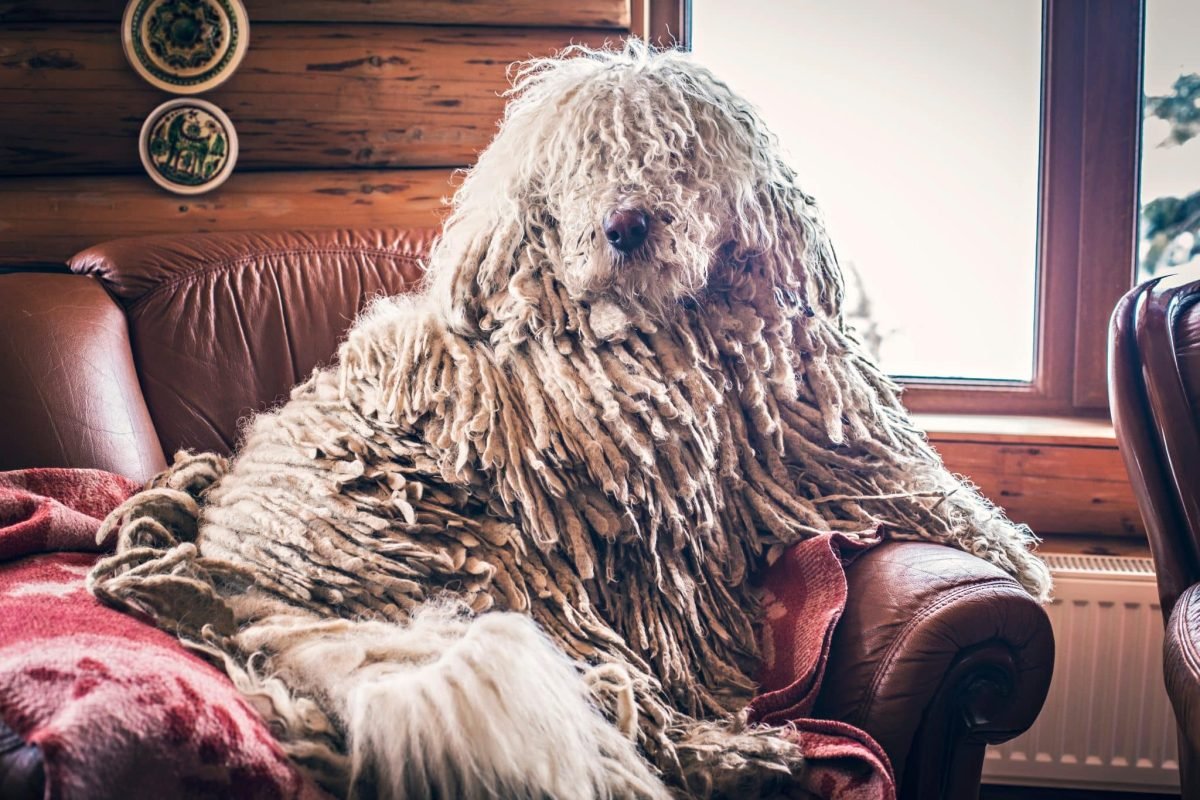Shutterstock
Dogs have been our partners for centuries, not only as companions, but also as skilled workers. While most people consider the crew of sheep or picking games typical dog jobs, some breeds were created for unusual tasks that would leave you to scratch your head. From chasing pests in royal courts to saving stranded sailors, these dogs were bred with unique jobs in mind. Their purpose may seem strange to today’s standards, but their specialized roles reveal how versatile and intelligent our four -legged friends are.
Dalmatian
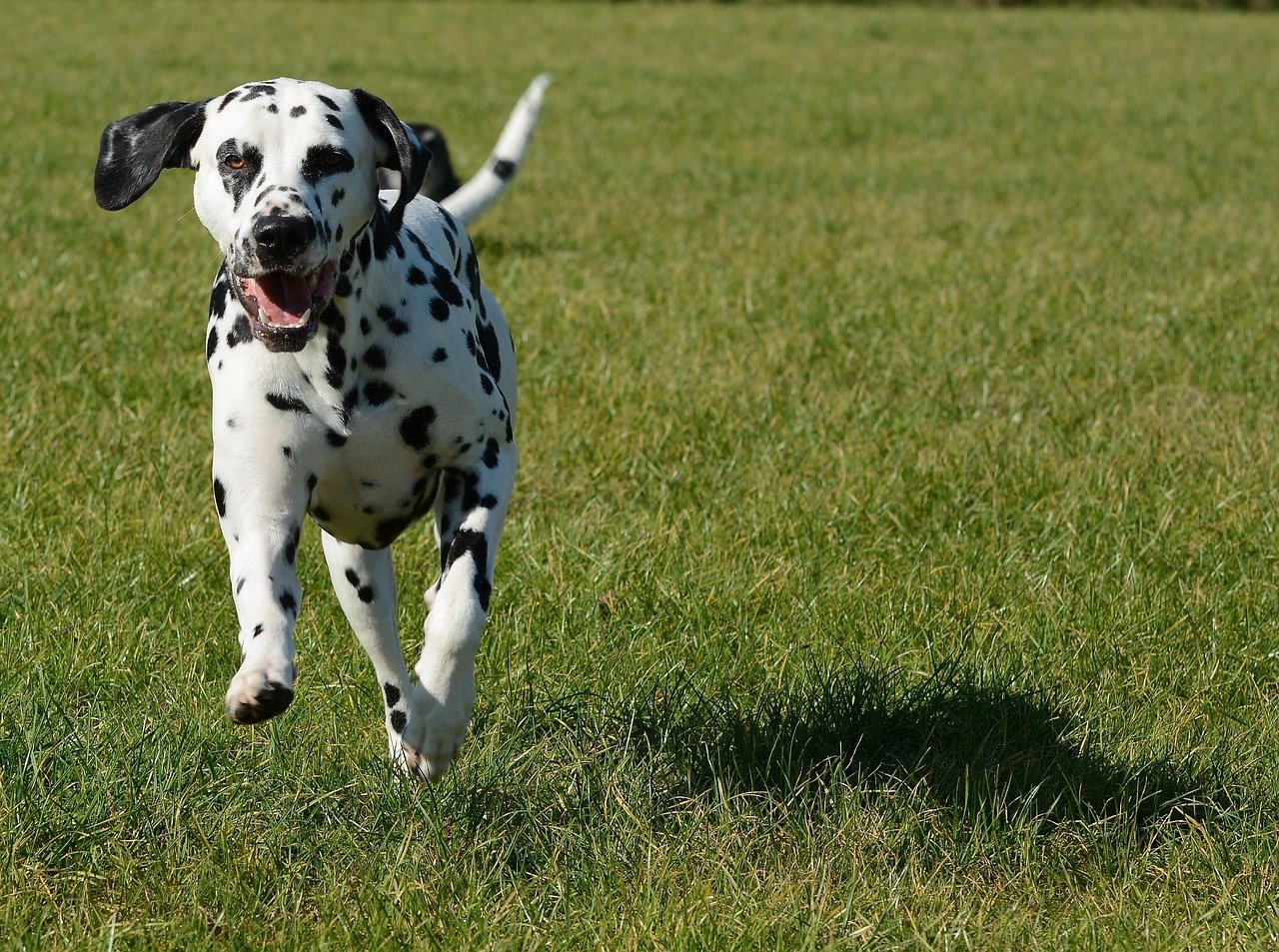 Shutterstock
Shutterstock
The Dalmates are famous for their spots and their historic role as coach dogs. In the days of horse -drawn carriages, they ran with or under the horses to protect the coach from the motorway robbers and reassure them. Their distinctive appearance made them a status symbol for wealthy carriage owners, and their endurance ensured that they could keep up with long distances. Even today, their connection to fire houses continues, although their jobs have changed from functional to ceremonial. Dalmatian’s energy and loyalty still make them excellent companions.
Norwegian Lundhund
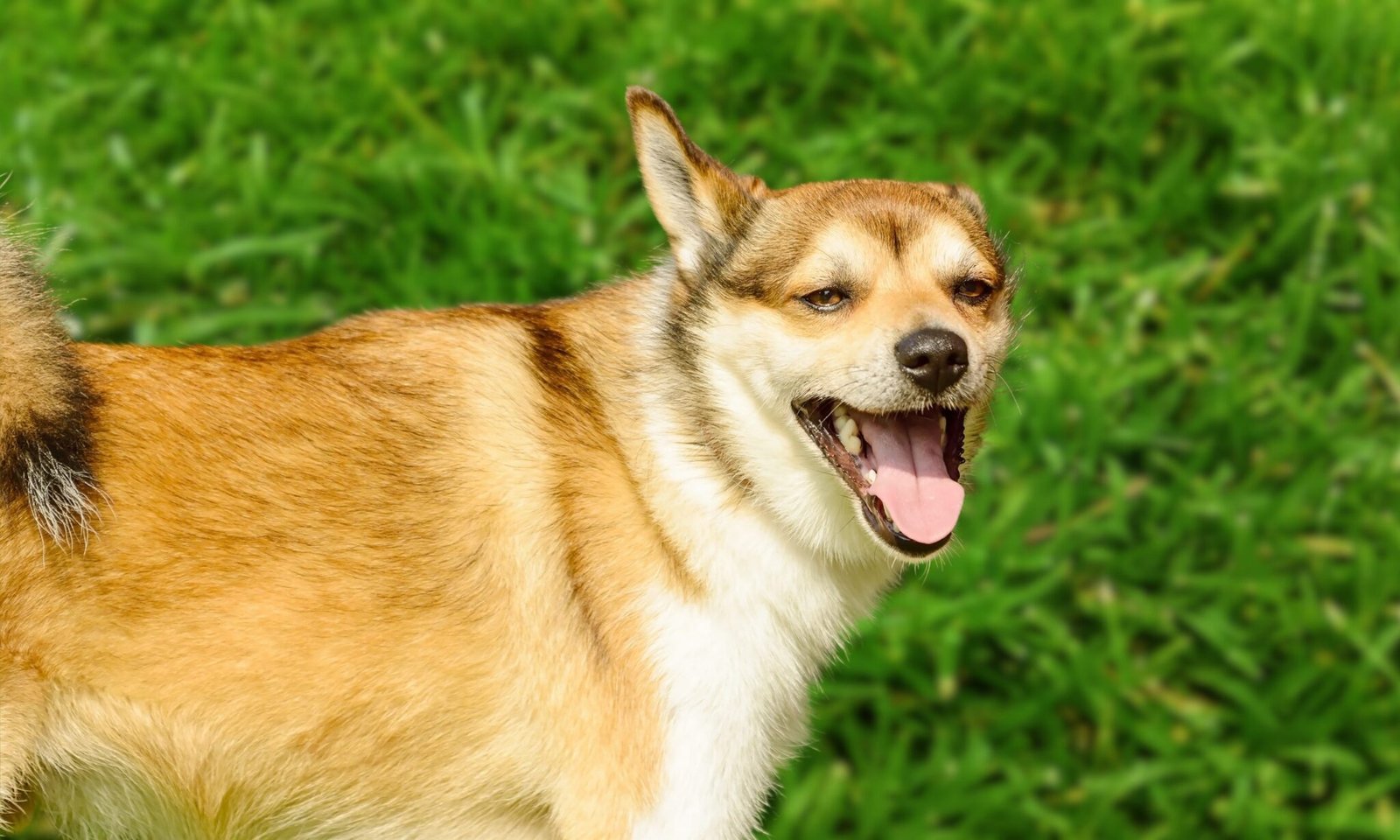 Shutterstock
Shutterstock
The Norwegian Lundhund was bred to chase puffins, a seabird that nests in narrow rocks. These dogs have six toes on each foot, giving unique grip for climbing steep and rocky terrain. Their neck is unusually flexible, allowing them to bend their head backwards to help maneuver in narrow spaces. Although puffin hunting is no longer legal, Lundhund’s unique physical features and quirky personality make it a fascinating relic of a very specific job.
Bedlington Terrier
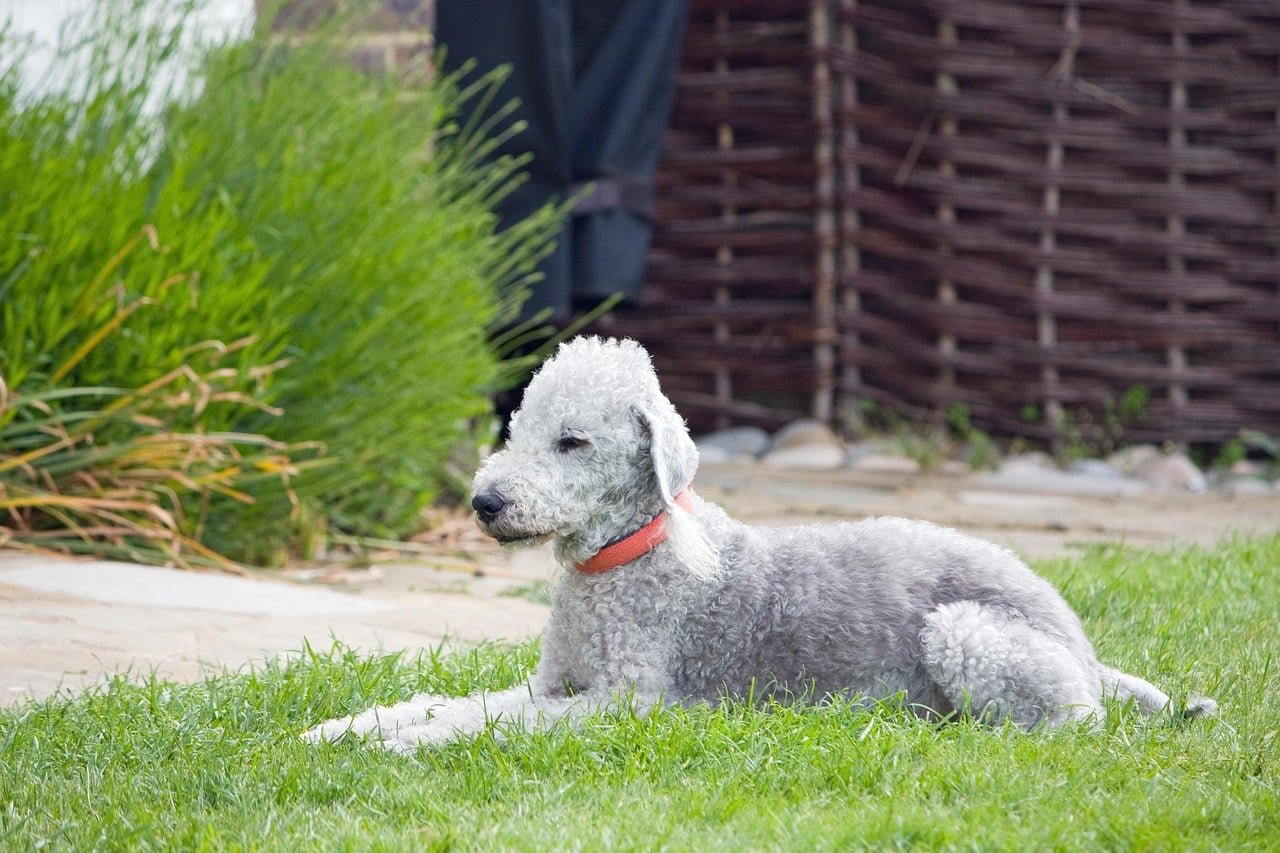 Shutterstock
Shutterstock
With their lamb -like appearance, Bedlington Terrier was originally bred to chase pests in mines. Their agility and sharp instincts made them excellent to hunt rats down and other pests in narrow spaces. Later, their elegant appearance and gentle behavior served them somewhere in the nobility’s home. Today, they are mostly accompanying dogs, but their unusual combination of appearance and history makes them a prominent breed with a strange story of origin.
Xoloitzcuintli
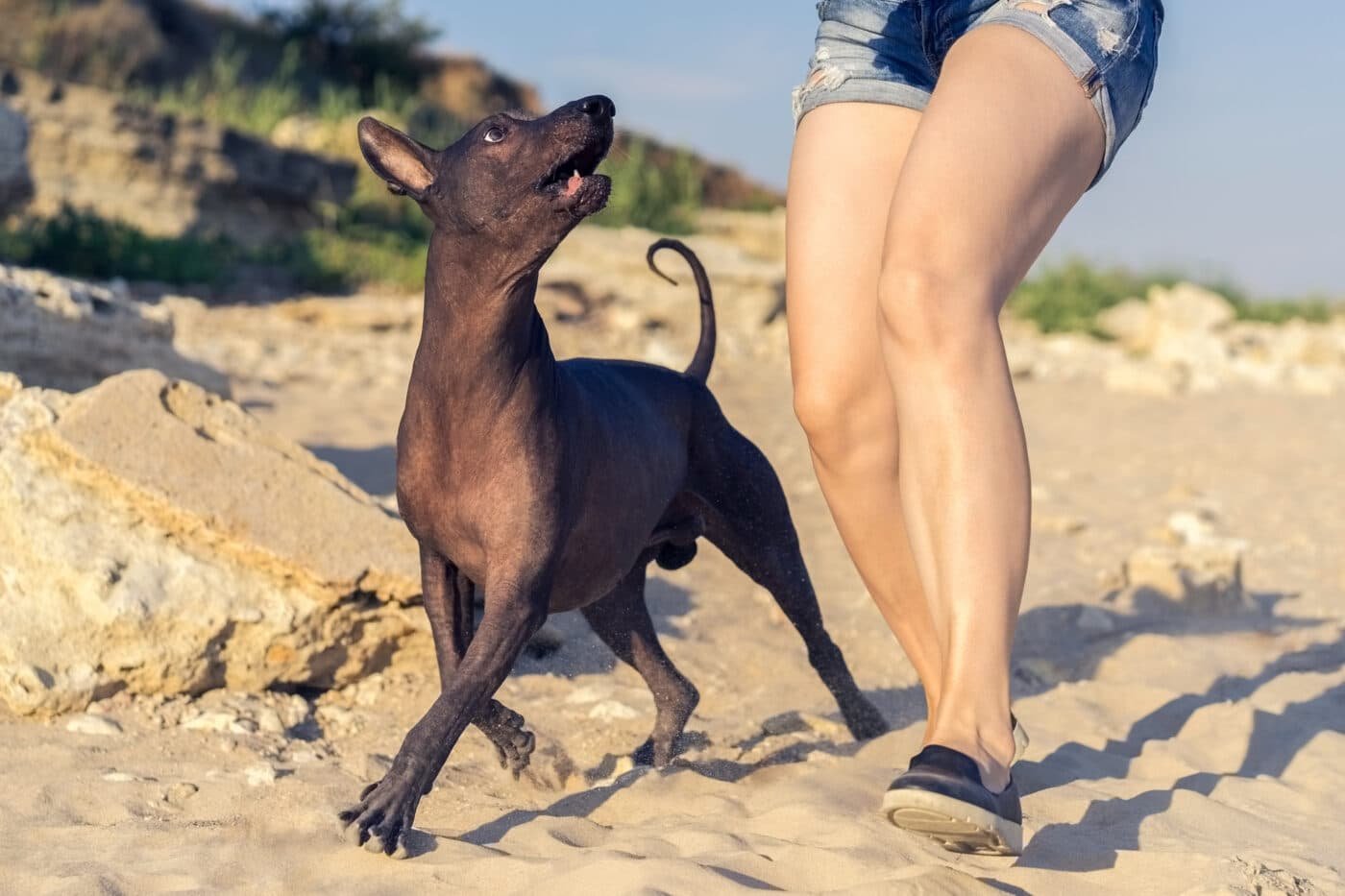 Shutterstock
Shutterstock
Xoloitzcuintli or Xolo is an ancient Mexican race that is believed to have healing forces. These hairless dogs were assumed to ward off evil spirits and give warmth to those with tenderness or pain by stumbling close to their bodies. While modern science may not support these claims, Xolos is still appreciated for their loving nature and unique appearance. Their old role of spiritual healers and companions makes them one of history’s most unusual working breeds.
Otterhound
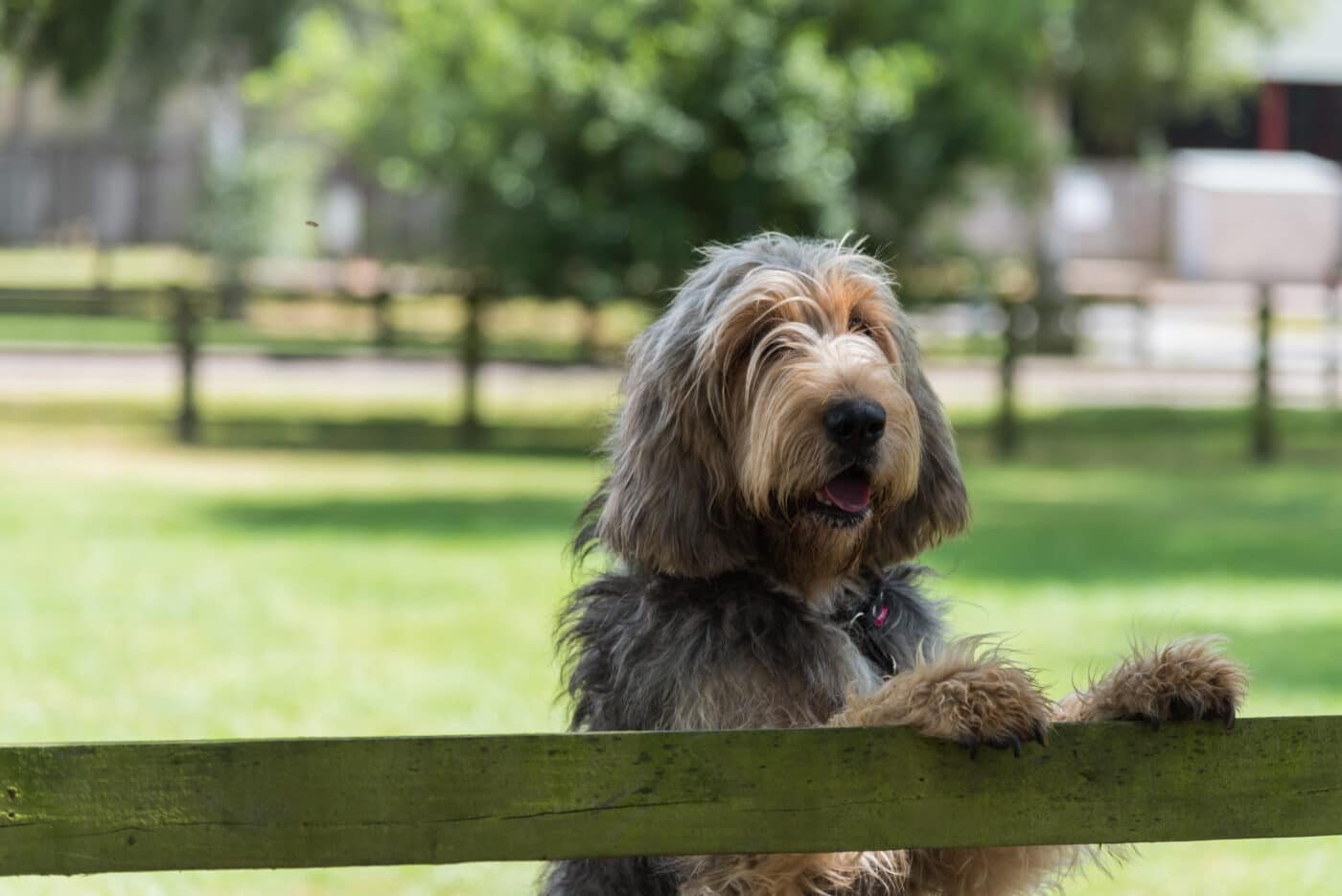 Shutterstock
Shutterstock
Otterhounds were bred in the Middle Ages England to chase OTER, which was once considered pests that depleted fish stocks in rivers. These large, shabby dogs have webbed feet, an excellent sense of smell and a love of water, making them perfect for their aquatic persecution. Otterhounds were so effective that the almost wiped out otes in some areas, which led to a decrease in both species. Today, they are rare, but their history as specialized water trackers remains fascinating.
Löwchen
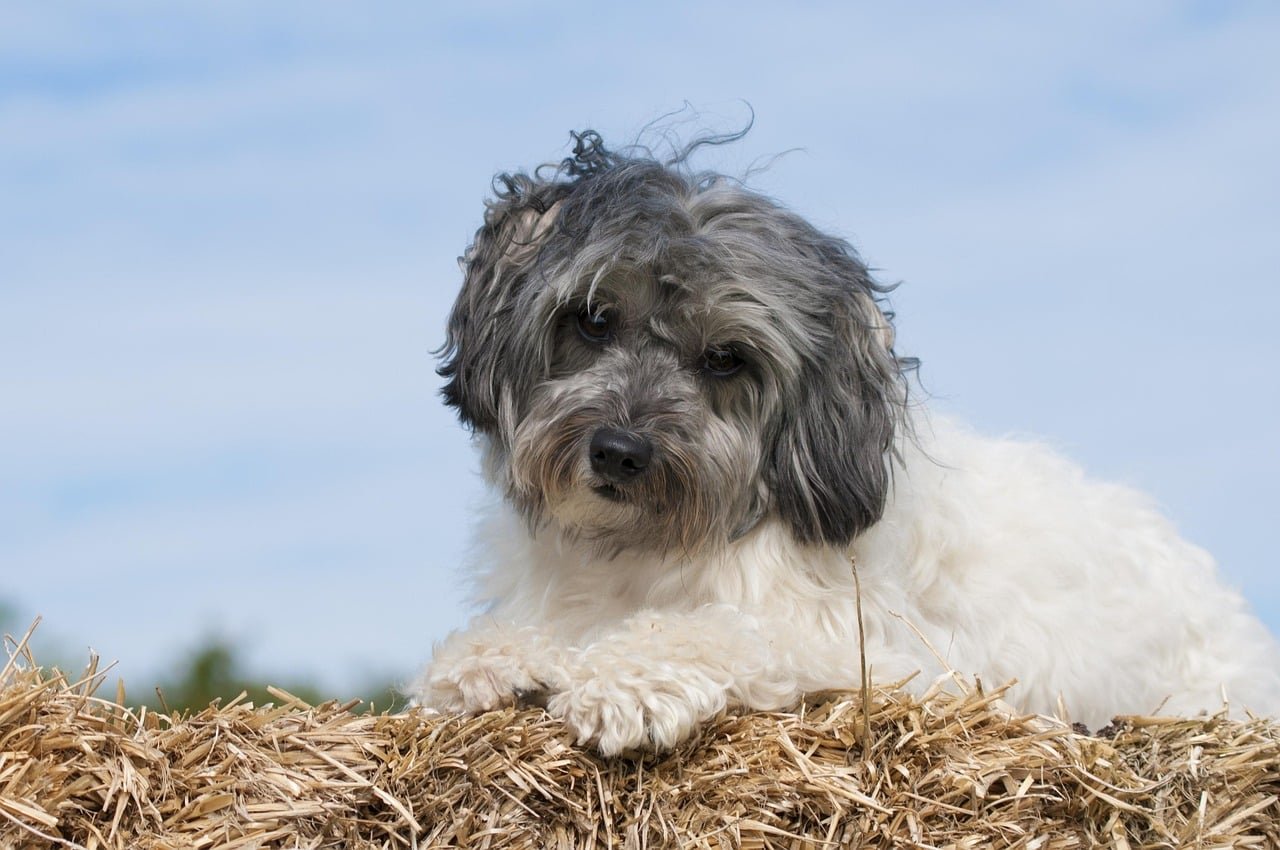 Shutterstock
Shutterstock
Löwchens, often called “Little Lions”, was bred to be living works of art. These dogs were cut to resemble lions and held as companions of European nobility. Their primary “job” was to serve as portable heaters as their warm bodies were perfect for keeping laps and feet tasty during cold winters. Löwchens was also a symbol of wealth and status and showed their owner’s ability to maintain such luxurious pets. Their playful nature and unique care style makes them a charming nod to a swunen era.
Belgian Malinois
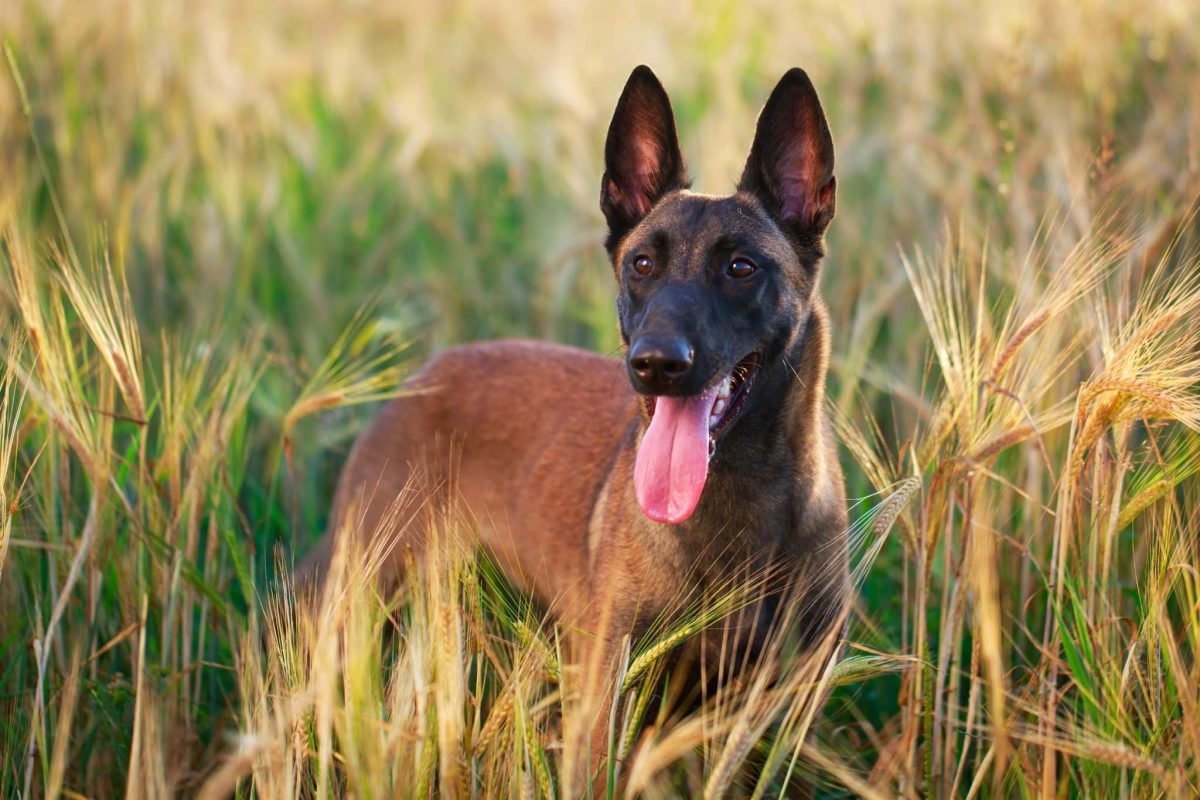 Shutterstock
Shutterstock
Belgian Malinois is very intelligent working dogs for some of the most extreme imaginable tasks. During World War II, these dogs were trained to jump out of flights with parachute. Their agility, loyalty and ability to follow commands made them invaluable in military operations. Today, they are still used in law enforcement and search-and-rescue tasks, but their history as airborne soldiers shows their incredible adaptability and courage.
Pekingese
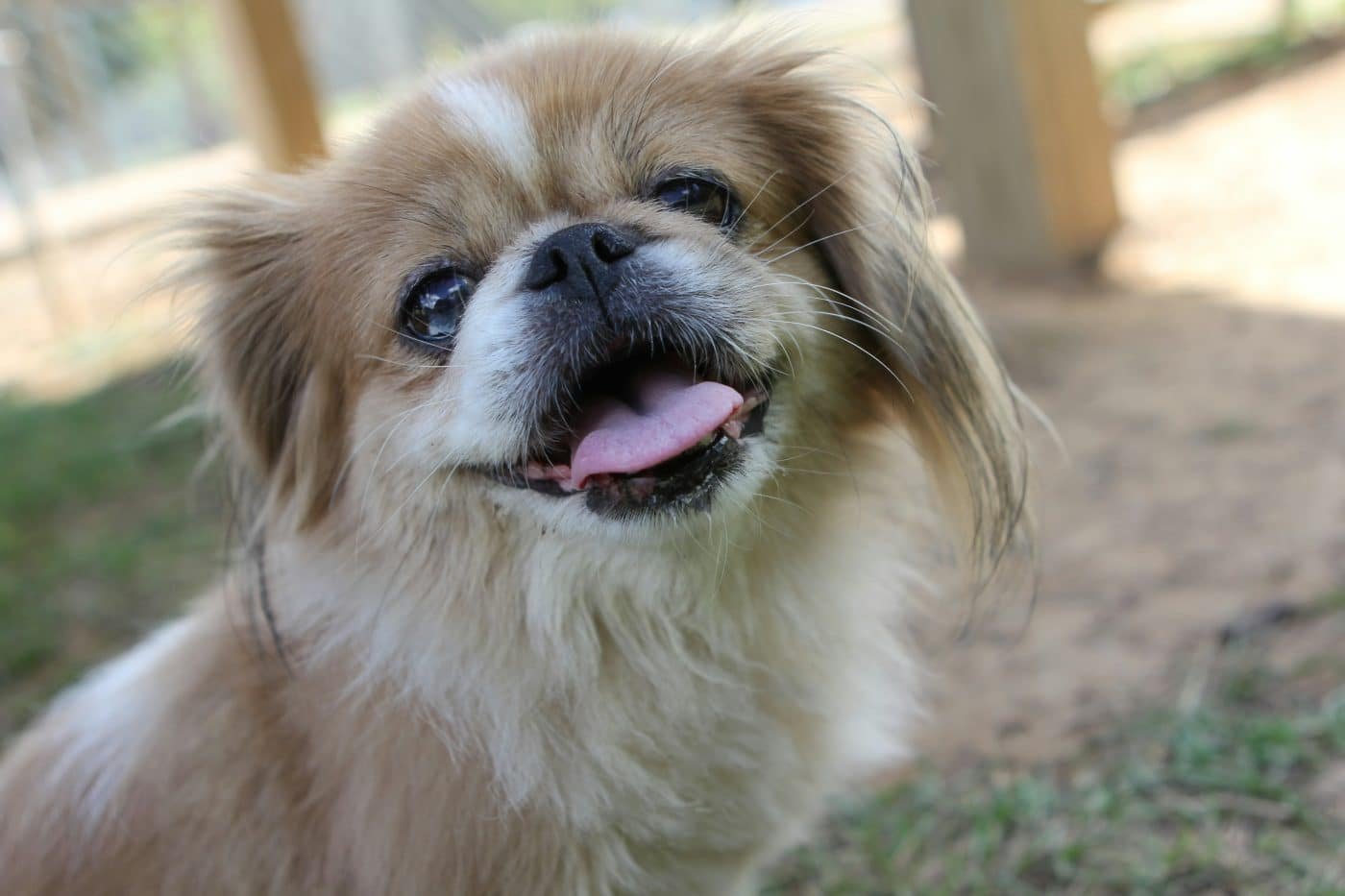 Shutterstock
Shutterstock
Pekingesis was bred for a specific purpose: to serve as companions to Chinese royalty. Their small size allowed them to be carried in the sleeves of nobility, and their deciduous appearance symbolized strength and power. These little dogs were also considered sacred, and their harsh loyalty made them excellent protectors. While their “jobs” may seem indulgent, the Beijinges took their role seriously and embodied magnificently from the Chinese imperial court.
Komondor
 Shutterstock
Shutterstock
Komondors, with their iconic led coats, were bred to protect flocks of sheep. Their unique coat not only provides camouflage among sheep, but also serves as protection against harsh weather and predatory bite. These great, powerful dogs are fearless by protecting their charges, making them indispensable to shepherds. Today, their striking appearance and protective instincts make them both fascinating and functional.
Newfoundland
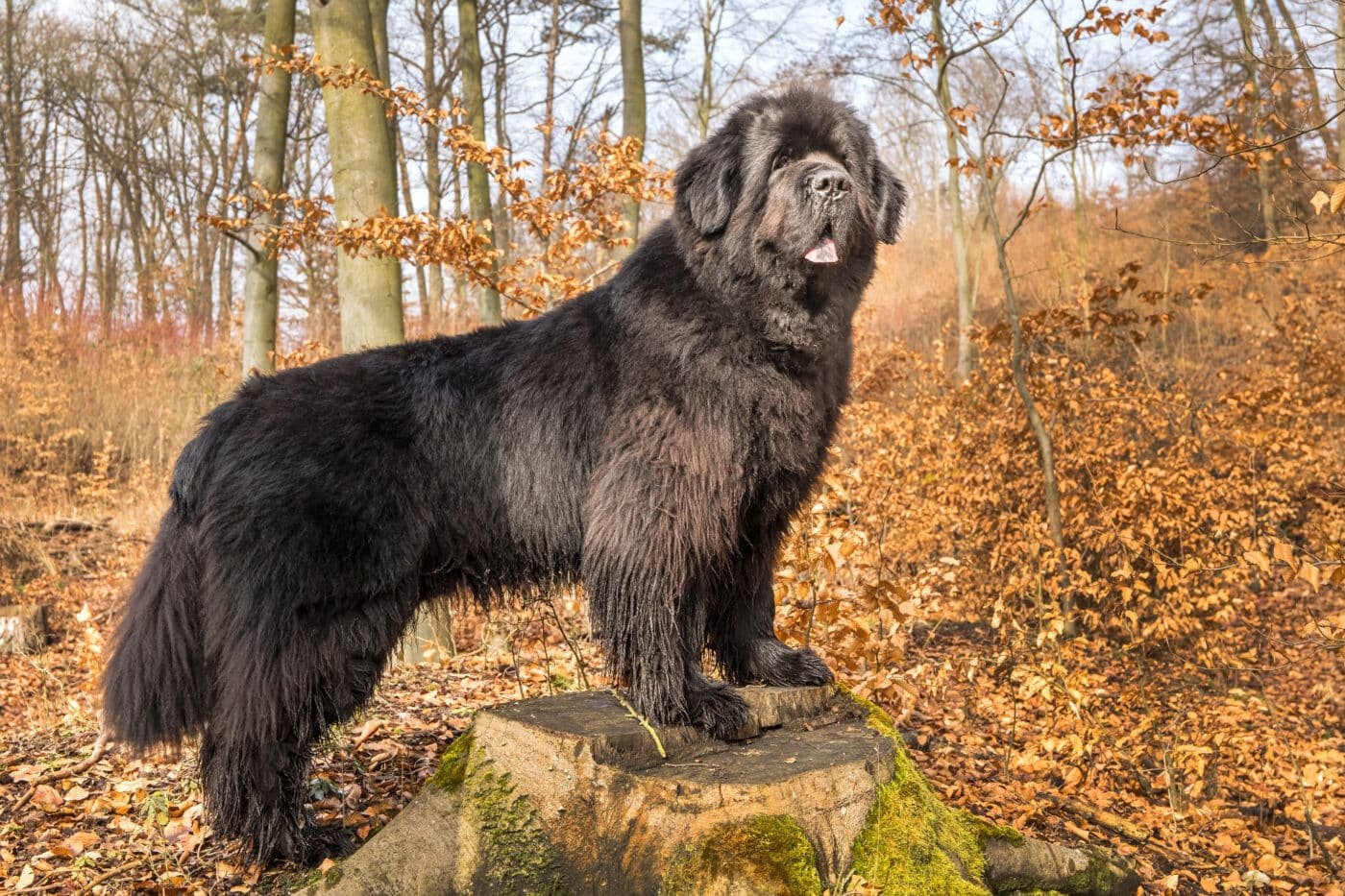 Shutterstock
Shutterstock
Newfoundlands are huge dogs known for their strength and swimming ability. Originally bred in Canada to help fishermen, they were trained to pull nets, pick up objects from the water and even save people from drowning. Their webbed feet, water -repellent coats and natural swimming ability make them lifeguards in aquatic environments. Even today, Newfoundlands participate in demonstrations of hiking demonstrations and show their incredible inheritance as protectors of the sea.
Afghan hound
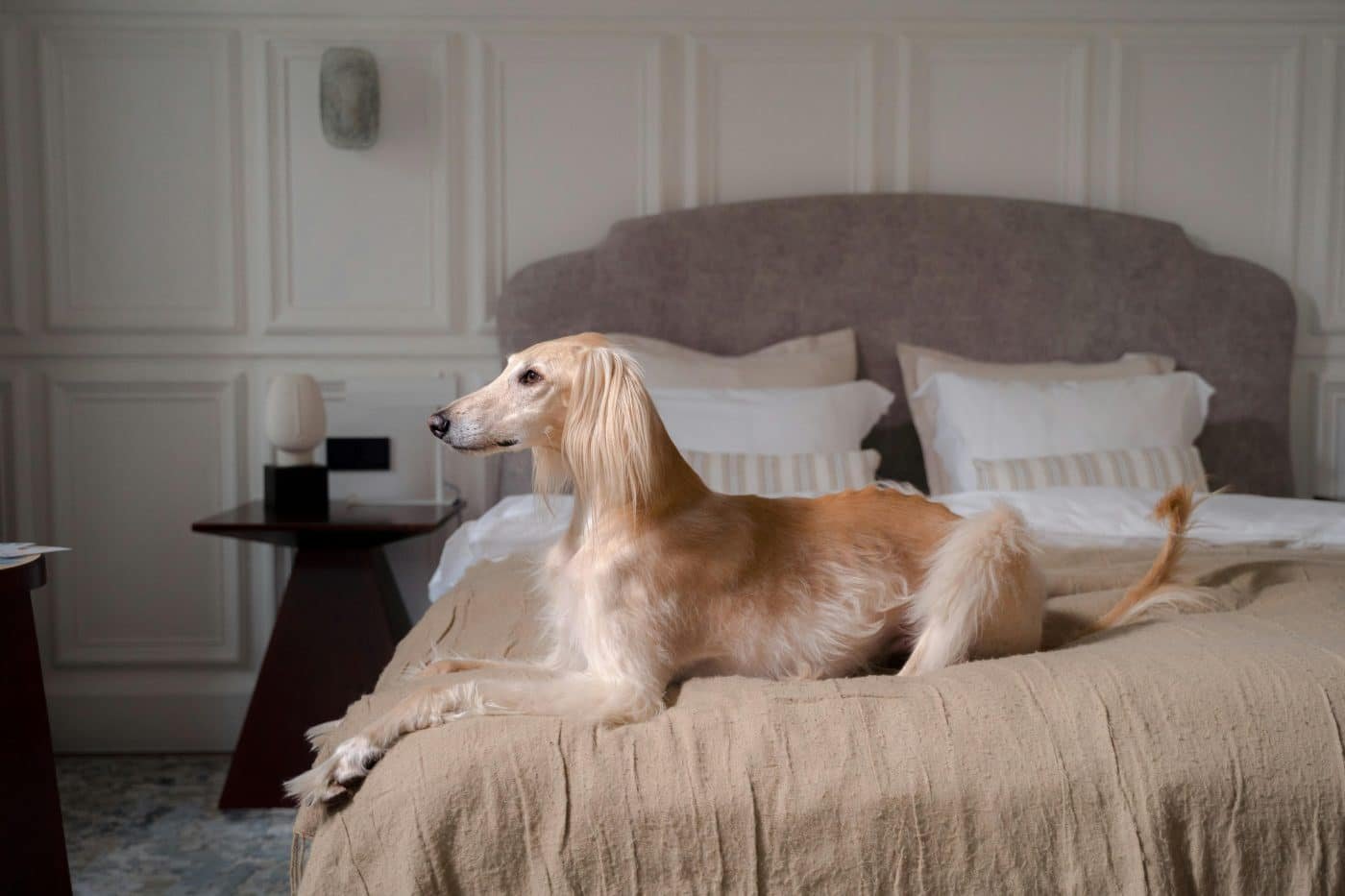 Shutterstock
Shutterstock
Afghan dogs were bred to hunt in the harsh mountains of Afghanistan, where their speed and agility were crucial to chasing games like Gazelle and Leopards. Their long, floating coats protect them from the cold while their independent nature allows them to think quickly during hunting. While now they are celebrated for their beauty in the show ring, their story as fast and talented hunters reminds us of their practical origin.
From puffinarians to lap warmers
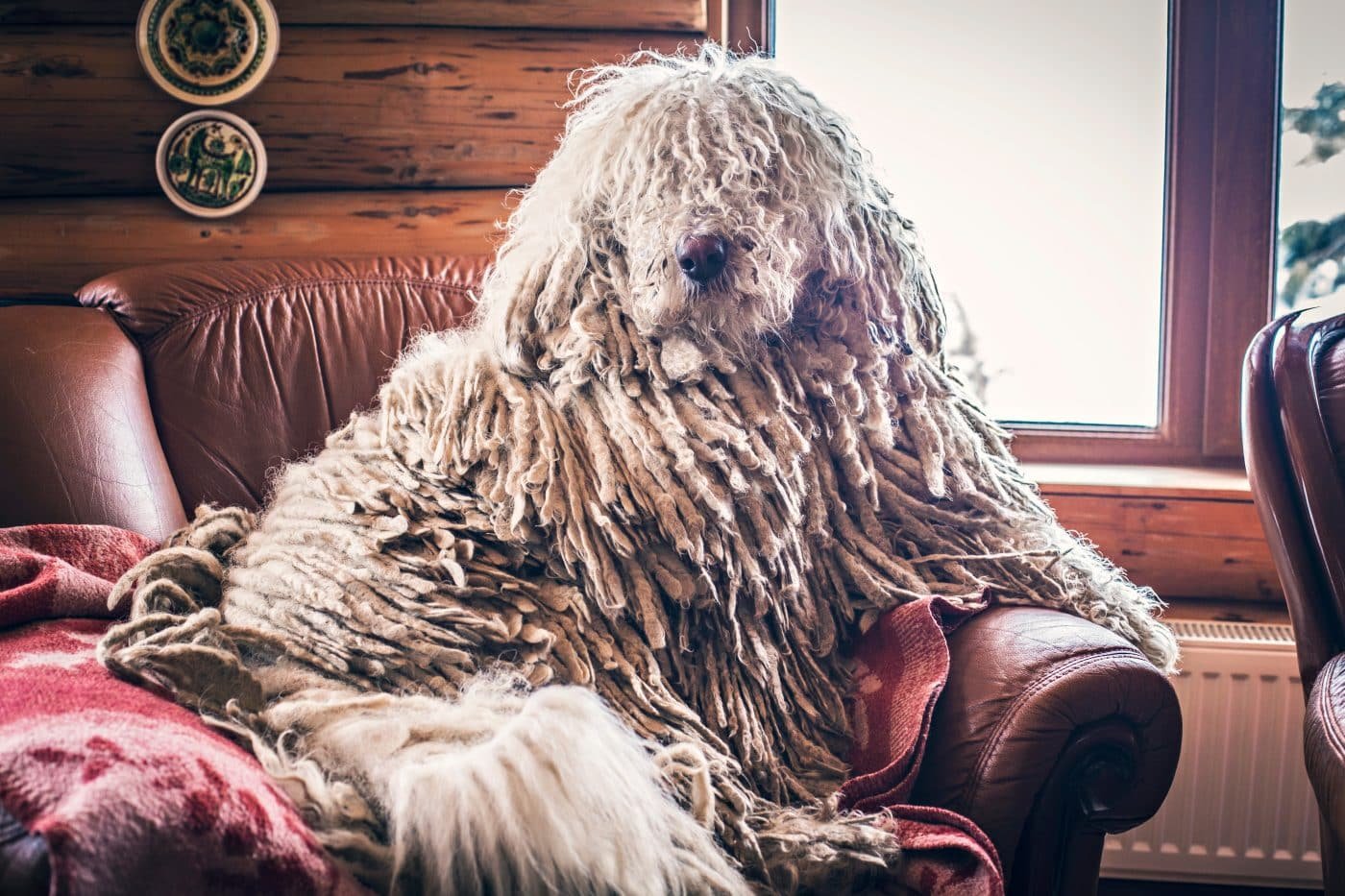 Shutterstock
Shutterstock
These dog breeds prove that dog jobs can be as unique and different as the dogs. Whether they scale rocks to chase groves or jump out of flights with parachute, these races show incredible adaptability and skill. Their roles may seem strange today, but each job highlights the extraordinary bond between humans and dogs. These hardworking puppies remind us that even the quirkiest jobs can leave a lasting inheritance and that no task is too strange for our four-legged friends. Dogs are actually the ultimate multitaskers and we love them for it!
